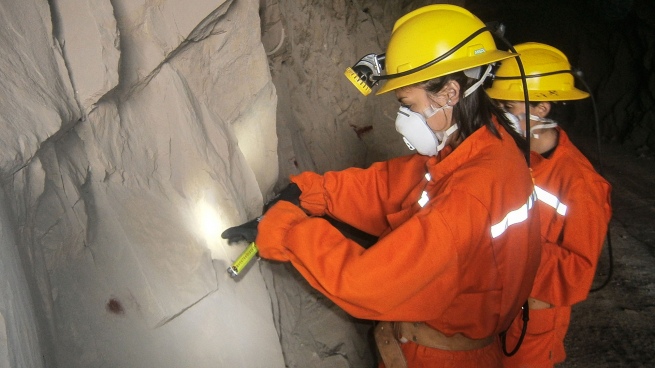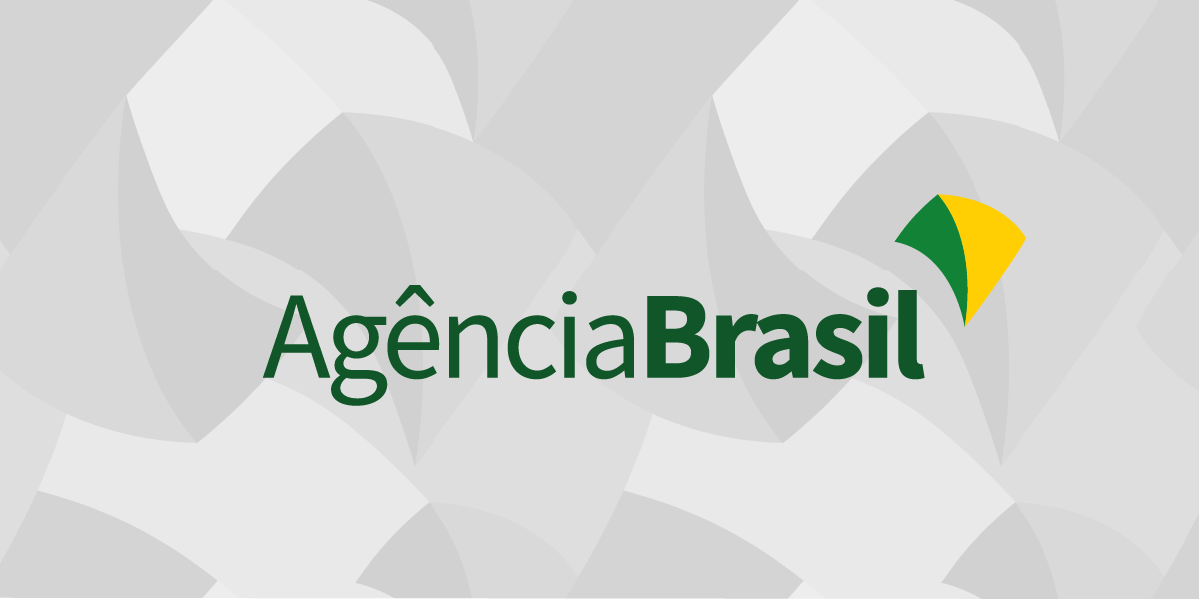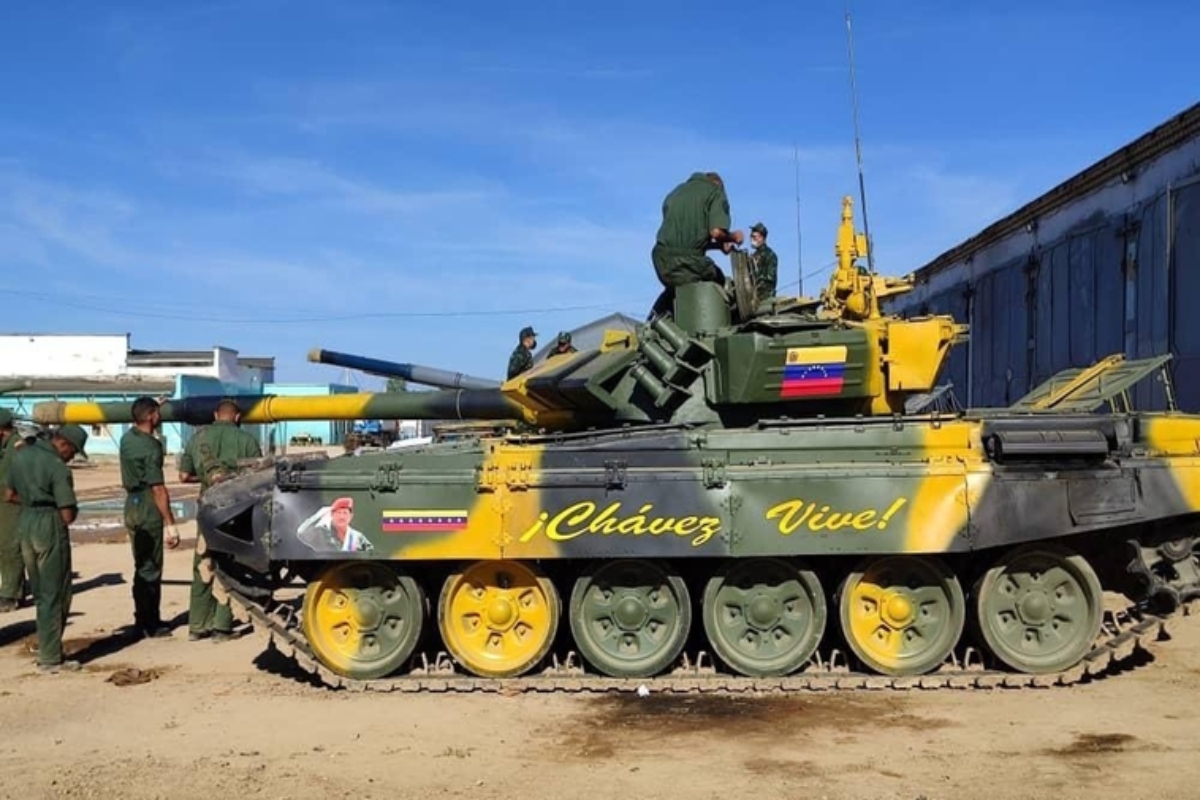The participation of women in the public mining sector increased by 44.8% and registered a parity of 79% in 2021a situation that reduced wage gaps, being lower than in other activities.
“The public mining sector is a parity area in terms of labor participation, with 44.8% participation of women. This is reflected in the results obtained on the mining organizations according to parity category, which yielded values of 79% of equal labor participation in 2021,” says the report presented by the Ministry of Mining.
Likewise, wage gaps between men and women are smaller than in other activitiesand this is because women tend to perform in higher-skilled positions.
“In 2021 the mining sector registered a 27% corresponding to the salary gaps between men and women in the sector, being smaller than in other activities; This is due to the fact that women who work in mining tend to work in higher-skilled positions,” the document states.
Historically, mining has been a sector with a predominance of male employment; In this sense, although the percentages of women’s participation have grown slowly, there is still a long way to go.
In this line, the Ministry of Mining belonging to the Ministry of Productive Development It has its own gender team, which seeks to strengthen the representation of women and diversities in the industry, as well as the promotion of the gender perspective in federal public policies.
Currently, mining projects in the country cover around 35,700 people, of which 3,500 are women within the sector; reaching a 9.5% share in 2021.
“In 2007, a participation of 5% of women in the sector was registered and by the end of 2021 it reached 9.5%, corresponding to 3,500 women,” points out the latest report from the CEP-XXI and the National Directorate of Promotion and Economy mining.
Likewise, the positions held by women within the sector are mainly administrative (49.3%) -compared to men- (14%), while the professional positions of female employment are 10% against 3% of the male .
Therefore, in 2021 there was a strong growth in the appointment of women, especially within higher authorities, registering an increase of 24%.
“The participation of women within higher authorities reached 24%, which translates into a year-on-year increase of 5.6%, going from 42.9% in 2020 to 48.5% in 2021”.
However, technical positions reach 15.6% of female mining employment, a considerably lower figure than for men (27%) and with greater distinction in machine and plant operations (10% against 35% for men). .
Finally, the report points out relevant differences in the tasks of officers and operators, with 8% of male employment versus 1% of female.
The promotion of gender equality by mining organizations appears as one of the main challenges, since only 14% stated that they were carrying out actions in this line.
Regarding actions implemented by organizations in pursuit of gender equality among their staff, 38% responded that they are carrying out actions.
For its part, The Ministry of Mining organizes and accompanies various inclusion, diversity and gender proposals to reduce gender gaps in the mining sector.
One of them is the Interprovincial Gender and Mining Table, which generates spaces for articulation between the provinces and the national State, together with talks for the public and private sectors.
These proposals value the voices that come from the business sector, from the chambers, the unions and also from the protagonists who work daily in the sector such as Women in Mining Argentina (WIM Argentina) and the Argentine Chamber of Mining Entrepreneurs (CAEM).
In this sense, the report shows that 71% of the mining organizations are adhered to formal commitments to support gender equality, although “not all of them respond to initiatives assumed directly by the mining organization.”
“Most identified actions within the framework of the Micaela Law, however, this is a mandatory implementation of the national public administration” points to the document.
In addition, it highlights that only two provinces mentioned the gender tables as a commitment in this agenda, having participated in 2021, 19 of the 23 provinces in the Interprovincial Table on Gender and Mining.
The Secretariat also coordinates, together with WIM Argentina, various gender and inclusion workshops with a human rights perspective, and dialogues about gender, roles and stereotypes in various provinces.
Finally, the government plans for this second part of the year a survey accompanied by a gender consultant, to provide technical assistance in the diagnosis of barriers to the insertion of women and other identities, promoting policies and strategies for the reduction of occupational and sectoral segregation based on gender.








